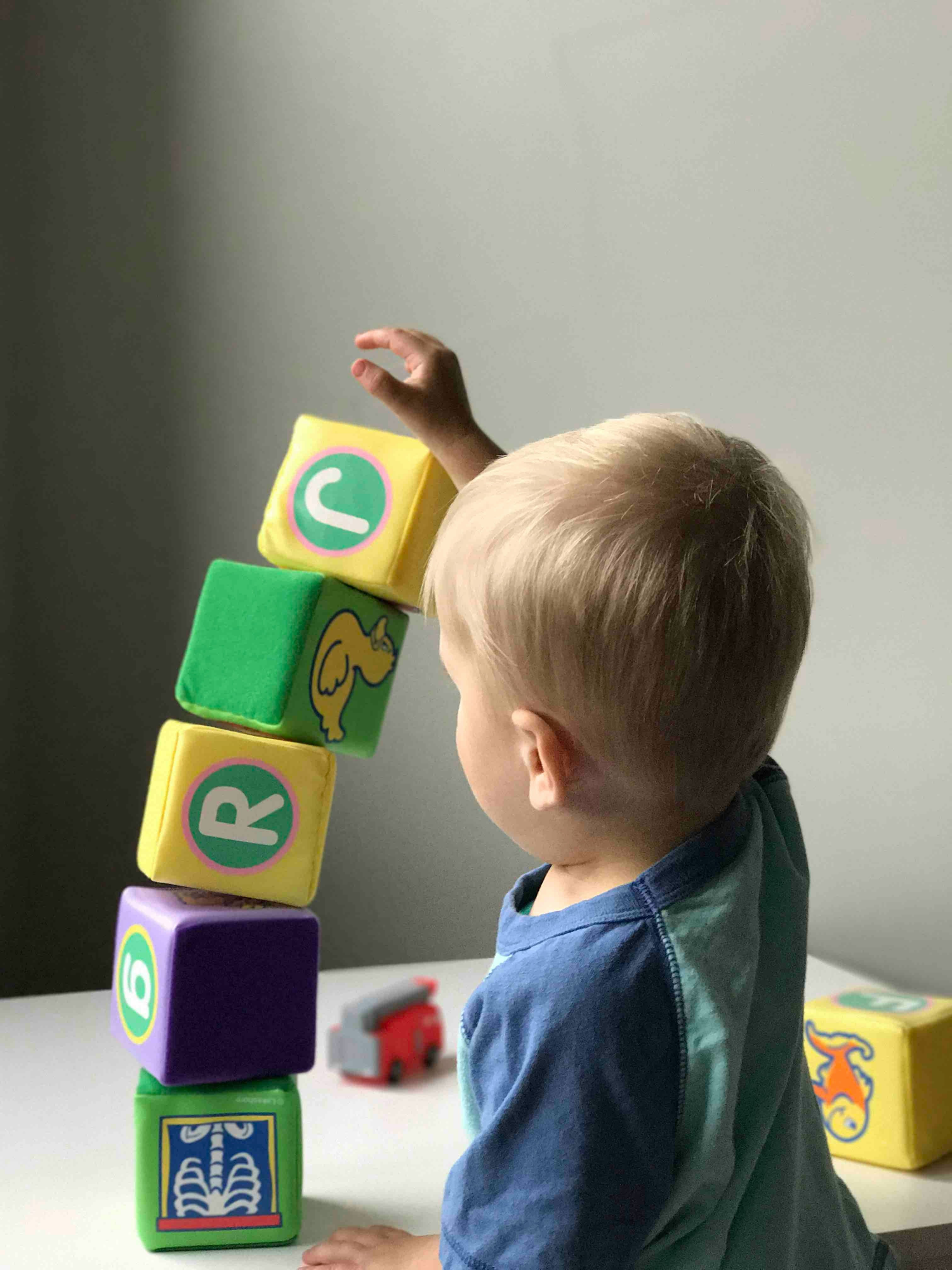
Gardening with Children: Nurturing Little Gardeners through the Seasons
Gardening is an incredible activity for children to engage in, offering endless opportunities for learning, growth, and fun. Whether it’s exploring soil textures, planting vibrant flowers, or simply getting hands dirty, the garden is a wonderful playground that nurtures budding curiosity. If you’re looking for a way to spark your child’s love for nature while building essential skills, gardening could be the perfect solution.
This guide takes inspiration from the Gardening Development Wheel, a tailored resource designed to guide beginners, children, and educators through seasonal gardening tasks. From essential tools to kid-friendly activities, we’ll explore how to turn your garden into a fun, educational space for your little ones.
Why Gardening Matters for Children
Gardening offers numerous developmental benefits for children that go beyond creating a green haven. Here’s how it helps:
Physical health and coordination
- Gardening keeps children active and strengthens their motor skills. Whether they’re digging, raking, or watering plants, these actions are great for improving hand-eye coordination and agility.
- Activities such as weeding or picking fruits also contribute to overall physical fitness.
Cognitive skills
- Children can learn to identify plants, understand weather cycles, and observe how seeds grow over time. This enhances their knowledge of nature and creates a sense of wonder about the world around them.
- Encouraging children to plan garden arrangements fosters critical thinking and problem-solving skills.
Emotional benefits
- Gardening inspires patience and a sense of responsibility as children care for their plants daily.
- Watching plants thrive as a result of their efforts gives children a sense of accomplishment, boosting their self-esteem.
- It nurtures an appreciation for the environment, teaching children the importance of sustainable practices.
Getting Started with the Right Tools
Equipping your child with the right tools makes gardening more enjoyable and ensures everyone stays safe. Here’s a quick checklist:
-
Basic gardening tools:
- Trowel
- Fork
- Spade
- Small rake
-
Additional essentials:
- Gloves to protect hands from rough surfaces and potential allergens
- A watering can, ideally a lightweight one for young children
- Compost and organic fertilisers for planting success
- Bonus tip: Look for tools with child-friendly adjustments, such as smaller handles or lightweight designs, to make them more comfortable.
Safety First in the Garden
While gardening is fun, safety should always come first, especially with young hands at work. Consider these guidelines:
- Adult supervision: Even small tools can cause injuries without proper handling, so it’s crucial to oversee gardening activities.
- Safe tool use: Teach children how to use tools responsibly and store them safely after use.
-
Awareness of hazards:
- Avoid poisonous plants.
- Use only child-safe, non-toxic gardening chemicals and pesticides.
-
Protective gear:
- Always use gloves and ensure children wear long sleeves to prevent scratches or skin irritation.
- Allergy awareness: Be mindful of potential allergens, such as pollen or certain plants.
Seasonal Gardening Activities for Children
The Gardening Development Wheel highlights seasonal gardening tasks tailored for children. Here’s a seasonal breakdown to inspire year-round activities:
Winter (December–February)
While the garden may seem quiet, there’s plenty to do:
- Take garden walks to observe winter changes and discuss plans for spring.
- Install bird feeders or boxes to encourage birdwatching.
- Engage in tidying activities, like raking leaves or light pruning.
Spring (March–May)
This is when the garden comes to life:
- Sow easy-to-grow seeds like sunflowers, sweet peas, and nasturtiums.
- Get hands-on with bulb planting (think daffodils or tulips).
- Teach basic weeding and identify early blooms and herbs.
Summer (June–August)
It’s time to enjoy the fruits of spring’s labour:
- Establish watering routines to care for plants during dry spells.
- Allow children to help with simple deadheading or pruning.
- Celebrate by harvesting fruits and vegetables, from strawberries to tomatoes.
Autumn (September–November)
Prepare the garden for winter:
- Collect seeds for future planting or craft projects.
- Plant spring bulbs for a burst of colour after winter.
- Learn about composting and prepare beds for winter rest.
Encouraging a Child’s Love for Gardening
Gardening becomes infinitely more engaging when children feel involved in the process. Try incorporating these tips:
-
Give them ownership:
- Allocate a small plot where they can plant their own choice of flowers, vegetables, or herbs.
-
Seasonal games:
- Host plant identification challenges or scavenger hunts.
-
Record observations:
- Provide a journal for drawing plants, recording observations, and reflecting on their gardening experience.
Easy Plants for Children to Grow
Begin with plants that are resilient and easy to manage to ensure early gardening success. Here are some options:
-
Annuals:
- Sunflowers
- Marigolds
-
Perennials:
- Geraniums
- Hostas
-
Vegetables and fruits:
- Radishes
- Tomatoes
- Strawberries
-
Climbers:
- Sweet peas
- Clematis
-
Bulbs:
- Daffodils
- Tulips
Helpful Tips for Child Gardening
Make gardening even more rewarding with these practical suggestions from the Gardening Development Wheel:
- Mark planted areas with labels to track progress.
- Regularly remove dead flowers to encourage new growth.
- Photograph garden evolution to inspire pride in their efforts.
- Address pests like slugs and snails using safe, non-toxic solutions.
Making Gardening Magic with Propagation
Propagation can feel like a magical process to kids:
- Teach them how to collect seeds from flowers and replant them.
- With adult help, guide them in splitting perennials and replanting to expand their garden.
Explore Additional Gardening Resources
Gardening is a straightforward yet rewarding educational activity, and there’s plenty of help available to make the experience even more fruitful. Resources like the Gardening Development Wheel offer simple, actionable advice for every stage of the gardening calendar. The tool is perfect for parents and educators alike, making the gardening process both enjoyable and stress-free.
Growing Together One Plant at a Time
Gardening is more than an outdoor activity; it’s an enriching experience that lays the foundation for personal and environmental growth. Armed with the right tools, safety measures, and seasonal activities, you can inspire your child to cultivate a lifelong love for nature.
For structured guidance, explore resources like the Gardening Development Wheel, which makes child-friendly gardening accessible to all. Start small, grow together, and watch your garden (and your little gardeners) bloom.







